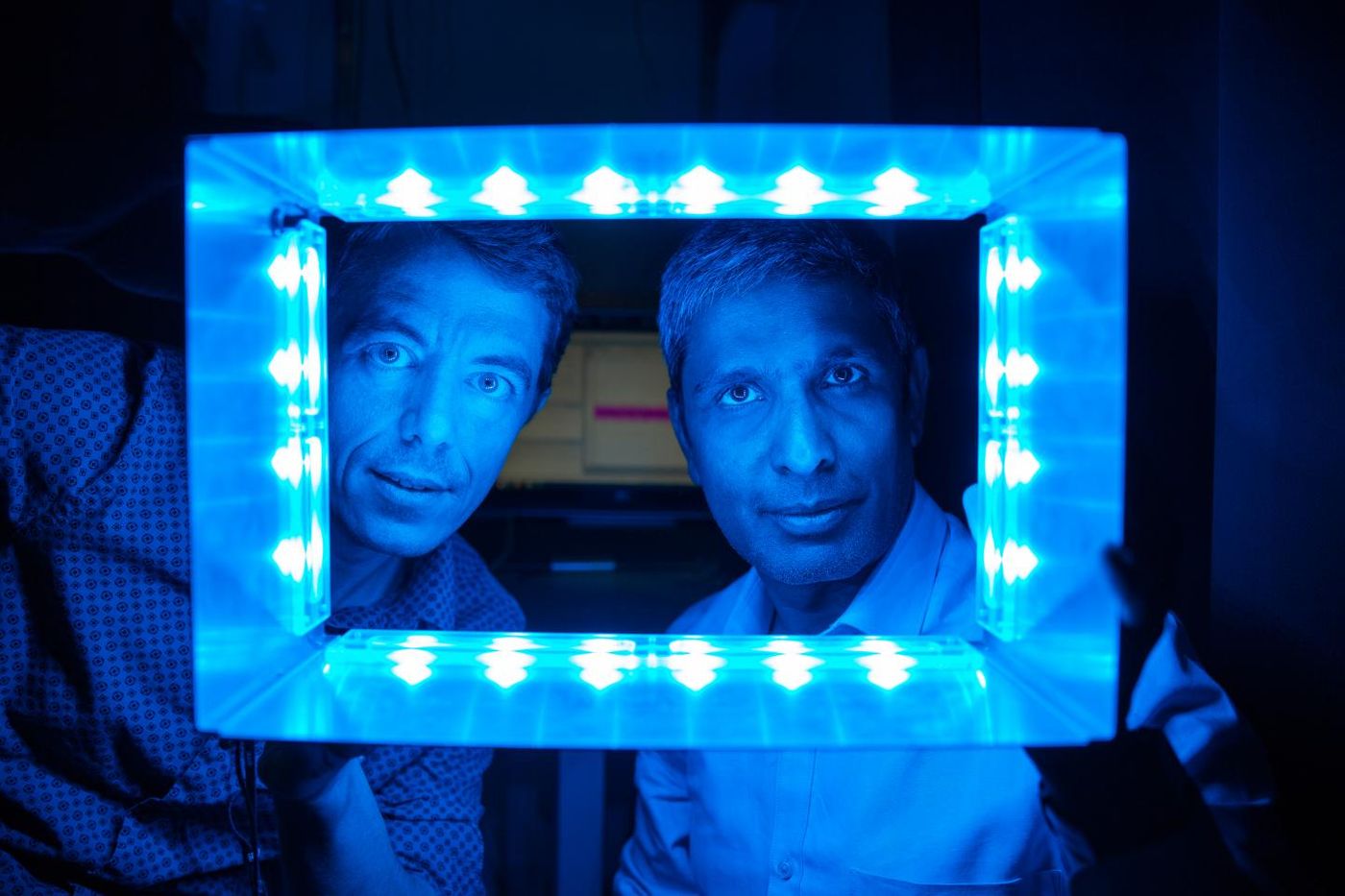Why Screens can Interfere With Sleep
Most of us spend a lot of time looking at some type of screen, whether it’s a laptop, a phone, or another device. For some people, that time adds up to many hours, which is thought to be disruptive to sleep. Researchers at the Salk Institute have now discovered that specific cells in the eye can sense ambient light. These cells also help regulate our daily cycle, which is known as the circadian rhythm. When artificial light stimulates these cells long into the evening hours, the cells become confused, which can have a disruptive ripple effect on our physiology. This work has been published in Cell Reports, and could help researchers that are working on therapeutics for disorders including obesity, insulin resistance, cancer, and metabolic diseases, which have all been linked to problems with circadian rhythm.
"We are continuously exposed to artificial light, whether from screen time, spending the day indoors or staying awake late at night," said the senior author of the report, Salk Professor Satchin Panda. "This lifestyle causes disruptions to our circadian rhythms and has deleterious consequences on health."
The retina sits at the back of our eyes and is made up of layers of cells. One of those layers contains a small group of cells that are sensitive to light. When they’re exposed continuously to light, a protein called melanopsin is constantly produced in those cells, which sends information about light levels to the brain so it can control sleep, alertness, and consciousness. Melanopsin can suppress a hormone called melatonin, which regulates sleep, and can synchronize the internal clock after only ten minutes of light exposure.
Melanopsin-producing cells can rapidly respond to light, and work to reset our daily clocks on the basis of those light levels. "Compared to other light-sensing cells in the eye, melanopsin cells respond as long as the light lasts, or even a few seconds longer," noted the first author of the report, Ludovic Mure, staff scientist. "That's critical because our circadian clocks are designed to respond only to prolonged illumination."
For the study, the scientists used a mouse model to stimulate the production of melanopsin in the mouse retina. Some cells could sustain their response to light while other cells had become desensitized and stopped responding.
Arrestins are molecules that can halt the activity of some receptors. It had been suggested that arrestins can stop the light response after only seconds, but the researchers found instead that melanopsin needed arrestins to maintain their response to prolonged light.
When mice were engineered to lack either type of arrestin protein, the retina cells that generate melanopsin could not continue their response to sustained light. In the retina, arrestin was helping melanopsin to regenerate.
"Our study suggests the two arrestins accomplish regeneration of melanopsin in a peculiar way. One arrestin does its conventional job of arresting the response, and the other helps the melanopsin protein reload its retinal light-sensing co-factor. When these two steps are done in quick succession, the cell appears to respond continuously to light," explained Panda.
The researchers plan to continue this work and hope to learn how to manipulate melanopsin to treat insomnia and other problems with the internal clock.
Sources: AAAS/Eurekalert! Via Salk Institute, Cell Reports










